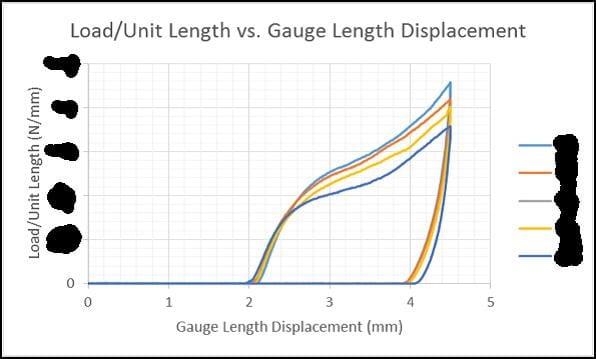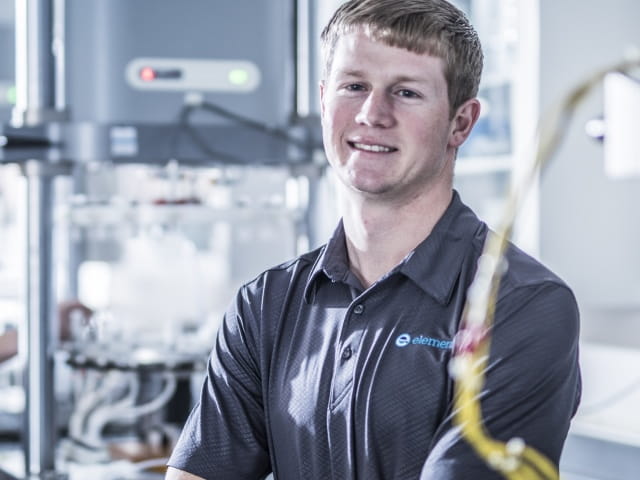Cardiovascular Device Crush Fatigue Testing
Crush fatigue testing is often performed on a variety of cardiovascular medical devices. The Non-Clinical Engineering Tests and Recommended Labeling for Intravascular Stents and Associated Delivery Systems FDA Guidance document outlines crush resistance testing for peripheral stents to demonstrate the stent’s ability to recover its desired size and shape after application and removal of external loads, deformations, or both.
Vena cava filters used to trap large clots and vena cava stents deployed to treat occlusions are also subject to compression during normal respiration and Valsalva maneuvers such as coughing. Peripheral stents, such as those used in superficial femoral arteries, are subject to pinching or local compression during patients’ daily activities.
ISO 25539-2: 2012 (Cardiovascular implants - endovascular devices - Part 2: vascular stents) and ASTM F2942-13 (Standard guide for in vitro axial, bending, and torsional durability testing of vascular stents) are useful reference documents in assessing stent crush resistance. In some cases, the standards describe characterization testing, but fatigue testing is often performed in addition to characterization.
Test Configurations
Test fixture design inputs include device type and geometry, type of test and test parameters, and number of samples per tester. Tests are typically performed in heated saline baths to mimic physiologic conditions, and devices are placed inside silicone mock vessels.
In crush fatigue testing of vena cava filters, a custom compression waveform is applied in displacement control at approximately 20 Hz test frequency to mimic normal respiration and excursions to routine respiratory motions that arise from exertion. Vena cava stent crush resistance is assessed by compression between flat plates. The compression fixture uses 5 silicone mock vessels and can accommodate 10 devices (2 per vessel). A clamp is placed between the devices in each station and is secured to the bottom plate to prevent vessel migration during testing.
Compression levels are typically determined through finite finite element analysis (FEA). A frequency sweep is performed to determine the optimal test frequency, which was set at 25 Hz for the fixture/device setup shown here. Displacement peak and valley data is recorded throughout the test that was designed to mimic 15 years of implantation.
Stent crush resistance testing with parallel plates is described in ISO 25539-2. The test is used to determine the load required to cause clinically-relevant buckling or a deflection reduction of at least 50% of the original distance between the plates and the load required to permanently deform or fully collapse the stent.
We utilize test fixtures to demonstrate device integrity under mechanical crush fatigue for a minimum of 10 years post-implantation. Twenty devices are deployed in ten silicone mock vessels in an overlapped stent configuration as a worst-case deployment configuration. Mock vessels are secured to the base plate with sutures on each end. Crusher mandrels apply a specified alternating deflection to the center of the overlapped stent region at an angle. A custom waveform may be developed based on customer-provided data to apply varying deformation levels throughout testing. This allows crush fatigue testing to mimic worst-case conditions upon stent implantation.

Inspections
Inspections are a key component of any well-designed test protocol. Devices are typically inspected prior to testing, during the test at pre-determined intervals and post-testing. Digital microscope, endoscope, high speed video, and strobe light inspections are often used to detect device defects and fractures.
Additional Testing
Crush fatigue testing is one type of relevant bench testing for stents and vena cava filters. Pulsatile fatigue, torsion, bending, corrosion testing, particulate testing, nickel leachability and other mechanical tests may also be required depending on your device.
Find related Resources



